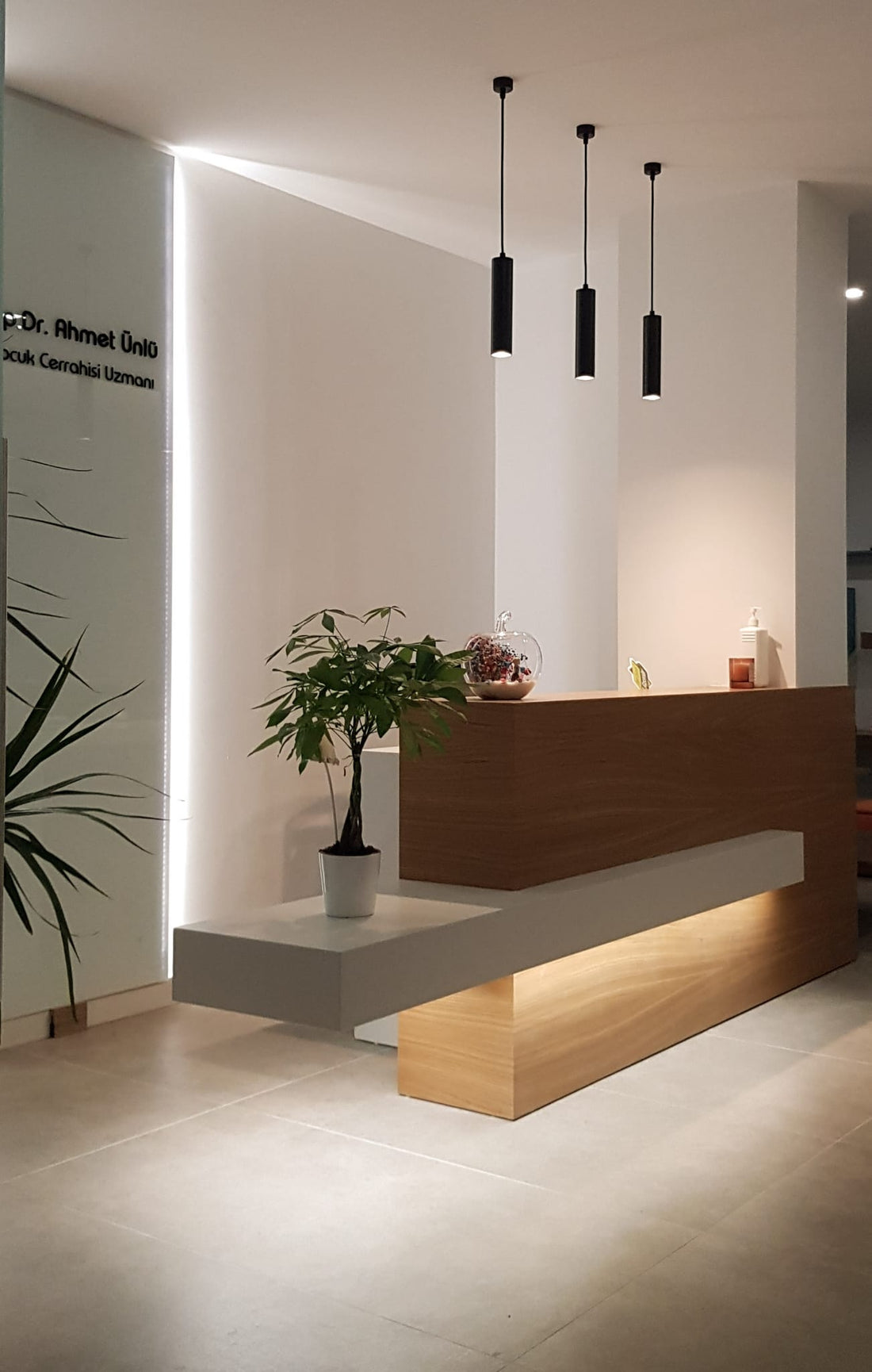In interior design, color selection is one of the most crucial elements that define the atmosphere of a space. When chosen correctly, colors can alter the perception of a room's size, mood, and even its purpose. Here are some tips emphasizing the importance of correct color selection in interior spaces and guiding through the process:
-
Define Purpose and Mood: Each room is designed for a different purpose and evokes a distinct mood. It's essential to consider the intended purpose and desired mood when selecting colors for a room. For instance, tranquil and soothing tones are preferred in relaxation areas, while more vibrant and energetic colors may be suitable for workspaces.
-
Consider Light and Space: Natural light exposure and the size of a room play a significant role in color selection. Using lighter colors in small rooms can create an illusion of more space and openness. Additionally, colors may appear differently depending on the natural light in the room, so it's crucial to consider this factor when choosing colors.
-
Understand Color Psychology: Colors have psychological effects on individuals that should not be overlooked. For example, blue has a calming effect, while red tends to be stimulating. Understanding color psychology allows for conscious selection of colors to evoke desired emotional responses from occupants.
-
Experiment with Shades and Contrasts: Rather than using a single color in a room, experimenting with shades and contrasts can create a more dynamic and visually appealing space. For instance, establishing a primary color for a wall and incorporating variations or contrasting colors through accessories or furniture can add depth and interest to the room.
-
Avoid Following Trends: Color trends come and go, and what's popular today may be outdated tomorrow. To create a timeless interior design, it's best to avoid being swayed by temporary trends and instead opt for colors that withstand the test of time.
-
Reflect Personal Style: Most importantly, select colors that reflect the personal style of the inhabitant. Colors have the power to evoke emotional responses and can serve as a means of personal expression in interior design.
Correct color selection in interior design not only sets the character of a space but also influences the experiences of its occupants. By following the above tips, designers can harness the power of colors to create compelling and functional interior spaces.

